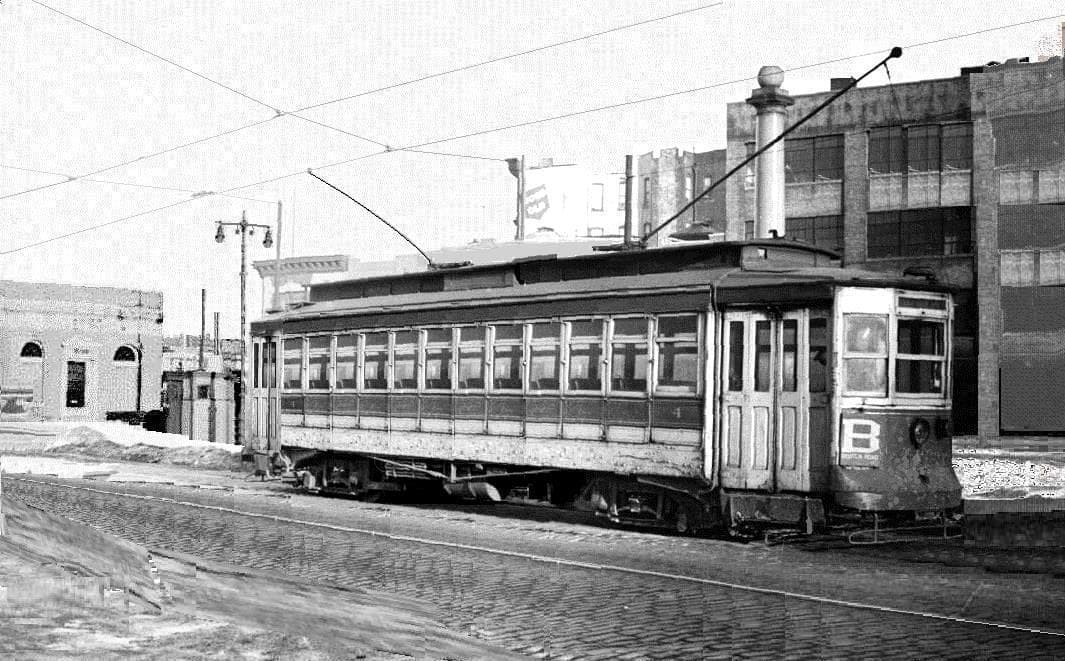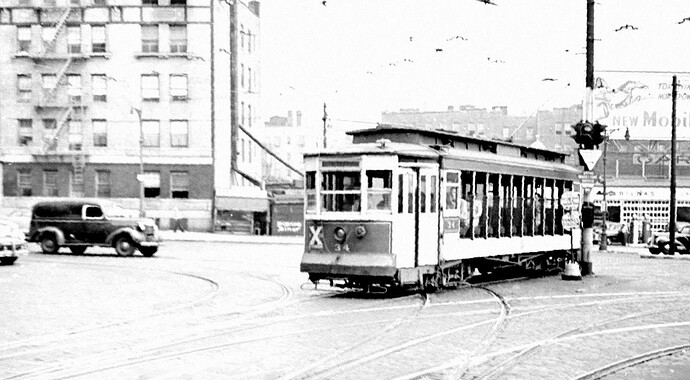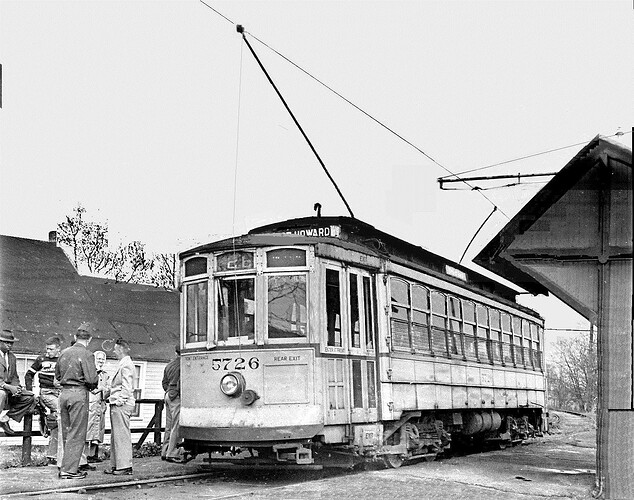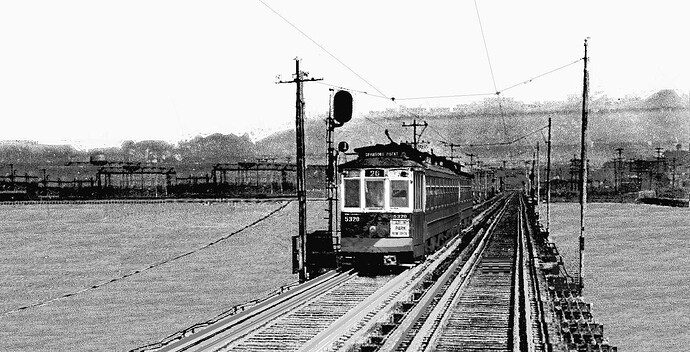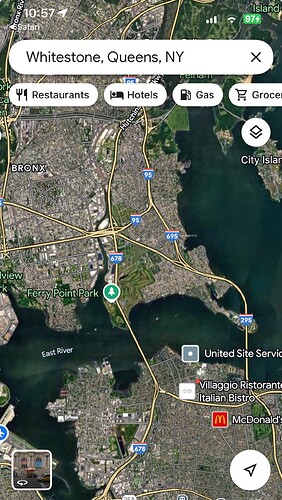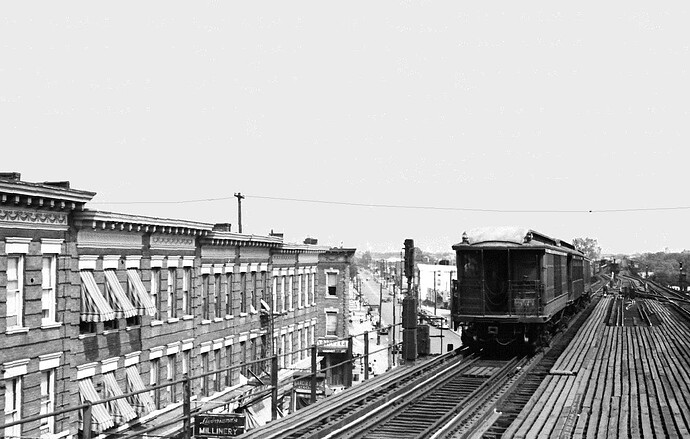Obviously Woke_Hoagland objects to my post.
Goodbye
Clason’s Point is notable as a ferry stop, to Wall Street. Interestingly the northern ferry terminus is Throg’s Neck, where the other bridge (with that name) is located.
What about construction of the Bronx-Whitestone forced bustitution? I thought the Bronx end of that bridge was nearer Throg’s Neck then Clason’s Point…
Not a hijack, the topic IS streetcars after all! Nothing’s been said about limitations concerning locations. ![]()
The topic is convertible or semi-convertible streetcars. Are the Palma Majorca (note absence of comma; it’s the name of the island) cars convertible or semi-convertible?
I doubt it, but see if you pull up anyone else when a thread wanders.
Goodbye
I don’t even know what a convertible or semi-convertible trolley is. And now I’m afraid to ask.
Dave Klepper will explain it better. A ‘convertible’ is an open car with side panels that can be fitted in winter or bad weather. I believe a semi-convertible is a car where some of the siding can be removed but some is fixed.
The point of the thread as Mr. Klepper intended it is not pictures of trolley cars, but discussions of this particular kind of car. A new thread is the appropriate place for Spanish cars, if they are not convertible.
Any trolley car can be convertible is you hit something hard enough.
Or if you leave it in the woods long enough…
A semi-convertible has pockets in the side wall above or below the widow area that are set up so that most or all of the windows can be stowed, leaving an open-ish car. Brill had patents on a semi-convertible design that was found in quite a few cities.
The date of the Sound View Avenue - Clason Point conversion to bus was in the latter part of March, 1947
I thought the Throgs Neck Bridge and Bronx-Whitestone Bridge were two different bridges.
A convertible street car, both Third Avenue and Br9ooklyn, the latter even including the 1300s, gate-car (open-platform) elevated train cars, had side panels, wood with one operable window for winter, and one-window-width metal screen fvor summer.
Compair winter and summer views Third Avenue convertibles:
Eastern Massachusetts Street Railway and Baltimore had semi-convertiblesw where individual large windows could be raised entirely clear on curved vertical tracks to be partly in the ceiling. Some 25 of the Eastern Mass cars were bought by Boston Elevated as part ofv the Move of the Chelsie Division to BE ownership nikn 1935, and some saw use by the MTA before being scrapped after WWII. Someone is invited to post a picture of the Eastern Mass - Boston cars, and here are two examples of Baltimore’s, one for one-man operation with safety equipment added (yellow) and a two-car Sparrows Point MU train with red cars requiring a conductor for each one.
A great post, very good photos.
They certainly are.
If you look at the map of Whitestone, Queens and zoom out a bit, you can see the route of both bridges. The little peninsula to the left of the Bronx-Whitestone is Clason’s Point.
I would dearly love to know where the second ‘g’ that shows up in ‘Throgg’s Neck’ comes from. The bridge was finished just about the time I was aware of name spelling, and as someone that never visited the neighborhood under the bridge approaches I kinda took Bob Moses’s word on the ‘proper’ spelling. Now I find that even Throgmorton’s name is up for grabs…
